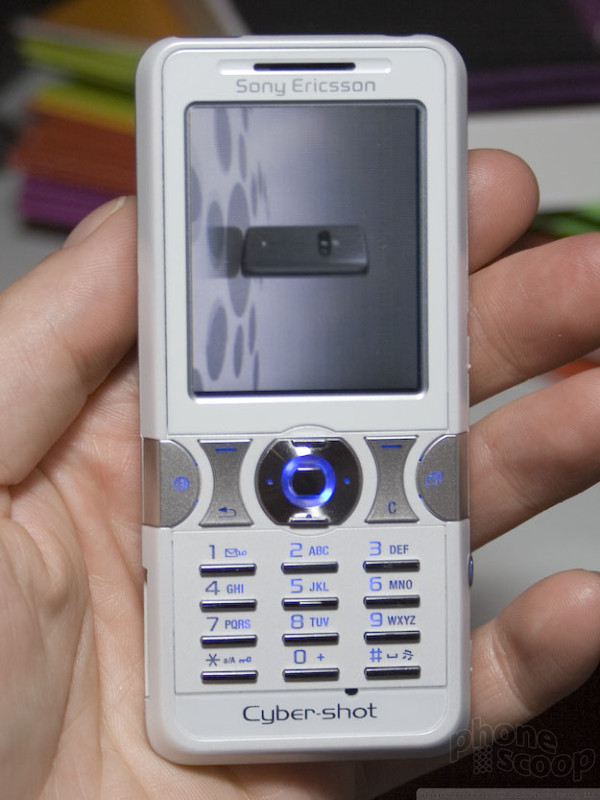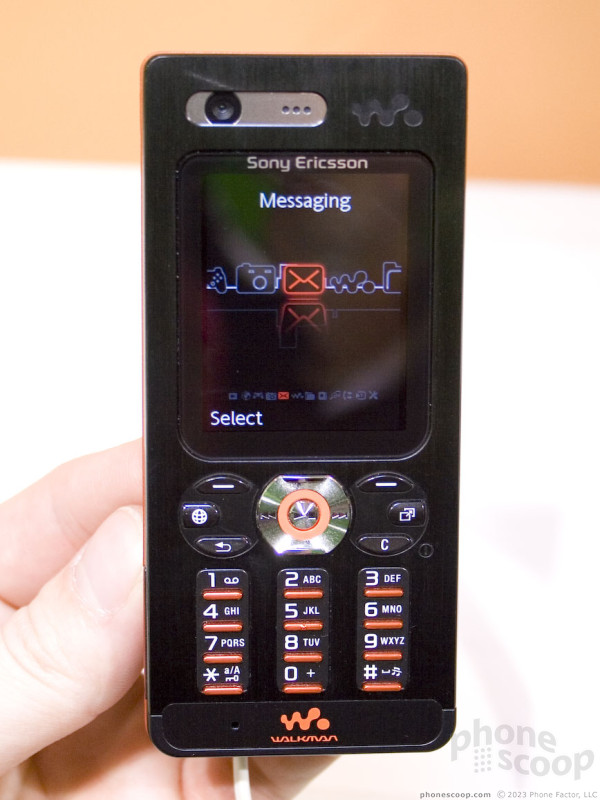3GSM 2007
Sony Ericsson's new batch of phones this month were aimed mostly at Europe and Asia. The group did include a couple of quad-band models that could work well in the US, though. We asked about US availability, and were basically told not to hold our breath for a major carrier release. However Sony Ericssons should continue to be popular with regional GSM carriers as Cellular One and SunCom.
The two quad-band models aren't really two different models at all. The W610 and K550 are pretty much the same phone; the former is simply Walkman-branded, while the latter carries Sony's Cyber-Shot mark.
The model numbering is confusing, because Sony Ericsson already offers a K610 that is quite different, and W550 that is wildly different. We're starting to have a hard time keeping track of Sony Ericsson's model numbers, and this is what we do for a living. We have to wonder what chance the average consumer has at keeping them all straight.
The Walkman series of phones is almost solely responsible for Sony Ericsson's recent success in the global market. It's no surprise, since music what's hot now, Walkman is a brand synonymous with portable music, and, of course, they are generally quite good phones.
As a Walkman phone, the W610 has the special Walkman music interface. It also has Sony Ericsson's nifty new TrackID service like the W710. TrackID can identify any song that you can hear, just by recording a snippet using the microphone.
The K550 is very similar to the W610, simply trading Walkman branding for Cyber-Shot. The K550 still has a music player, of course, it just doesn't have the snazzy Walkman interface. Both also share the same 2 megapixel auto-focus camera with a high-power LED flash. The K550 does add a lens cover, but that's about it.
In fact, looking at the camera, specs, and everything else, it's hard not to be reminded of the popular K790, W800, and W810 models. The specs are almost identical, including the 176x220-pixel display. They have re-arranged the components inside to make it noticeably thinner, but other than a few mm thickness, all that's really changed is that a phone with these specs is now considered mid-range instead of high-end.
Last but not least (unless we're talking thickness) is Sony Ericsson's late entry into the thin-phone race, the W880.
The W880 is indeed quite thin, and quite sexy. It feels incredibly light, yet solid.
It's not without compromise, however. Although the display is super-sharp thanks to QVGA resolution, it's also relatively small in physical size, with a huge border of unused space surrounding it. It's a shame Sony Ericsson didn't follow Motorola's lead on using the thin/wide form factor to offer a larger display like they did with the RAZR.
The W880 also has one of the worst keypads I've tried in a long time. Pressing keys reliably isn't awfully difficult, it's just very uncomfortable. It feels like tapping out a few decent-length messages in a row would leave your fingertips sore. The number keys are worse than the d-pad and soft keys. While soft keys are uncomfortable, they are extremely easy to press reliably. It's the number keys that require using your fingernails at a funny angle to get any accuracy.
It's just as well that the W880 is tri-band GSM 900/1800/1900, and therefore not optimized for US networks.
Unfortunately, the W610 and K550 share this same unfortunate key design. We hope this is only a temporary design experiment for the company and doesn't become their standard key style.























 Video Tour: Motorola Q9h
Video Tour: Motorola Q9h
 Moto Q9h Video Preview
Moto Q9h Video Preview
 CTIA 2007
CTIA 2007
 Nokia Hits High End Hard
Nokia Hits High End Hard
 Nokia E61 Update Shows Up On FCC
Nokia E61 Update Shows Up On FCC
 Nokia E65
Nokia E65
 Nokia E61i
Nokia E61i







